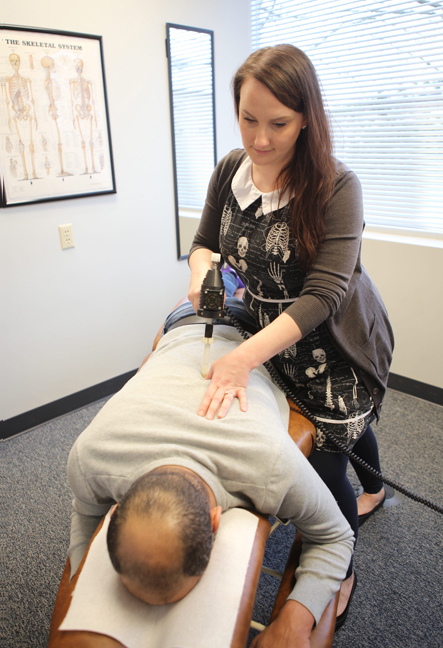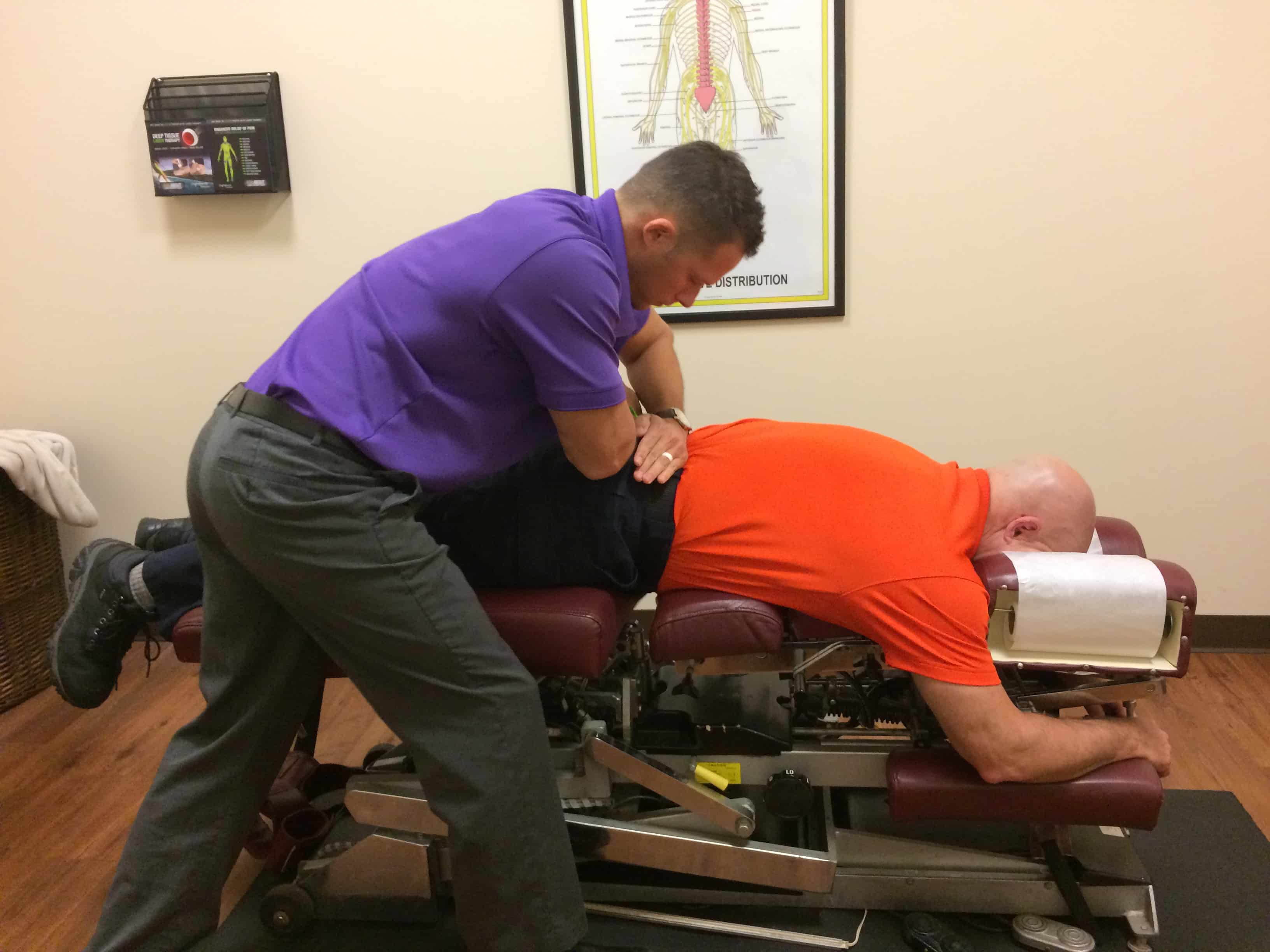


Since that time, investigations of AAI and AMCT have continued at an impressive rate.

to assert: “These considerations suggest that those researchers attempting to validate the appropriateness of their favored methods had best focus more on the type of research they do- more on outcomes and less on peripheral matters such as modeling and the reliability of diagnostic procedures.” 8p410Ī review of the literature conducted in 2001 found that the number of retrievable articles from the peer-reviewed literature on AMCT (n = 21) was second only to the number of retrievable articles on Upper Cervical techniques (n = 28). These systematic reviews reported that the widest base of evidential support existed for side posture HVLA manipulations and a panel of experts ascribed a value of 9.3/10 with respect to clinical effectiveness for acute low back pain and 8.1/10 for chronic low back by contrast, instrumented-adjusting was only allocated a score of 3.7/10 for acute low back pain and 1.6/10 for chronic low back pain. 9 published companion articles that sought to characterize the literature with respect to chiropractic technique procedures for various low back conditions and rate the effectiveness of specific chiropractic procedures for low back conditions, respectively. 5 A survey of British chiropractors reported 82% of respondents indicated they use an AAI, although only 2% of them stated they used it as their primary treatment method 6 and the NBCE 1994 7 reported that 72.7% and 54.3% of Australian and New Zealand chiropractors, respectively, used an AAI. The 1993 NBCE Job Analysis 3 reported roughly 40% of Canadian chiropractors use an AAI, although more recent estimates range from 31.4% 4 to 22%.

According to the 2005 National Board of Chiropractic Examiner’s (NBCE) Job Analysis 1 51.2% of American chiropractors report using the AAI for patient care, although this data does not differentiate between those practitioners who use the AAI only (often as a substitute for HVLA manipulation) from those practitioners who use the Activator Methods Chiropractic Technique (AMCT), a technique system that involves a group of specialized diagnostic procedures during prone leg length checking. With the notable exception of the manual Diversified technique, which involves high velocity and low amplitude (HVLA) thrusting spinal manipulative therapy (SMT) (also commonly referred to as spinal adjustments), the therapeutic intervention most commonly used for patient care by chiropractors is instrumented-adjusting using the Activator Adjusting Instrument (AAI).


 0 kommentar(er)
0 kommentar(er)
